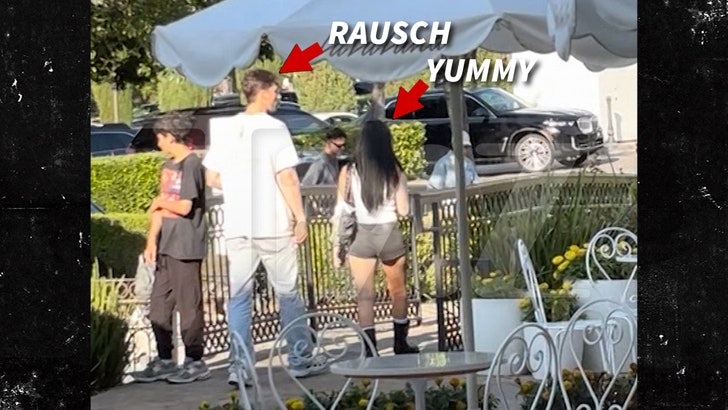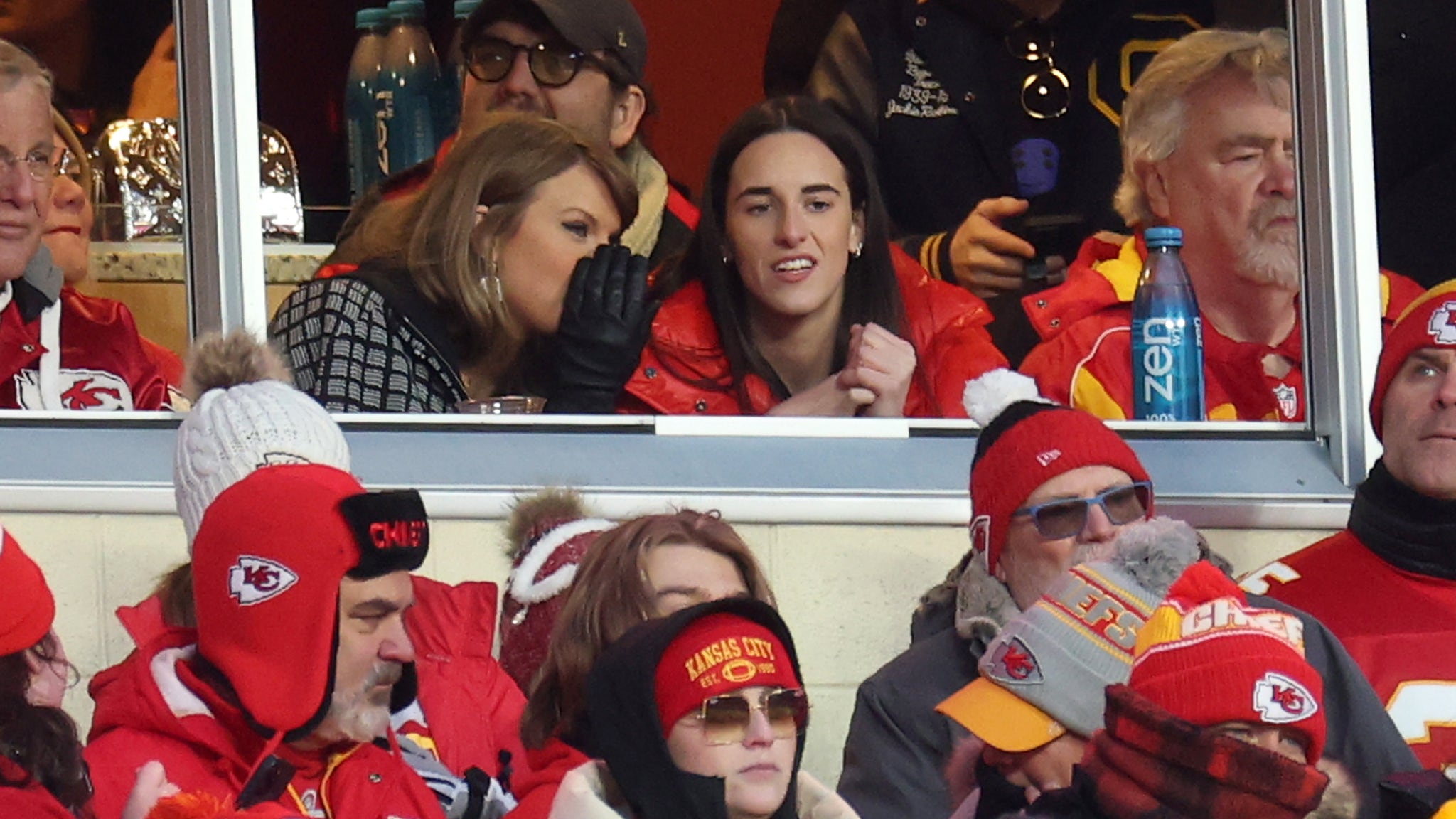There’s horror to be found in LA’s dating scene, at least according to the first solo fiction feature film from director Elric Kane. Working from a script he co-wrote with Webb Wilcoxen, Kane’s The Dead Thing is a moody, atmospheric look at the toxicity of finding someone in the city of angels.
Alex (Blu Hunt of The New Mutants) is a twenty-something single who is stuck in a perpetual dating rut. She’s active on Friktion, a dating app, and the opening of the film finds her in a cycle of generic looking men: first on the app, then at the bar, and finally in bed. For Alex, this is repetitive, it’s unexciting, and it’s transactional.
It’s also notable that the only sound is dialogue from men and/or the score by Michael Krassner and Robin Vining. Alex herself doesn’t speak until nearly nine minutes into the film, underscoring how little her dates care about her voice; to them this is simply about bodies in motion, connecting and then uncoupling without emotion or personality.
With this kind of romantic ennui as the baseline, it’s no surprise when Alex connects strongly with Kyle (Ben Smith-Petersen). Not only does he engage her in conversation, but when they go back to her place, it’s about more than sex. They spend a fantastic evening together, sketching each other, watching TV, cuddling, and listening to music.
In the morning when they part ways, there’s an awkward beat as the two strangers suss out what comes next. Kyle admits that he likes her while Alex says nothing, but then – just before she hops in the Uber – she darts back to give him a kiss. It’s sweet and romantic and solidifies (to both Alex and the audience) that this was a near perfect first date, particularly given the cesspool of mediocrity that Alex was contending with.
That single magical night only makes it more crushing when Kyle ghosts Alex. At first she plays it cool and flirty, sending Kyle texts and photos, then escalates her behavior to visit his coffee shop job. Alex’s co-worker Mark (Joey Millin) notes the change in her attitude: where once they were having dance parties and flirting over the stupidity of their late-night job scanning documents, now Alex seems withdrawn. Finally, when Alex sees him taking another girl home from the bar, she resorts to full-on following the pair home.
At this point The Dead Thing is towing the line between Before Sunrise and Benson and Moorhead’s Spring: Alex and Kyle have had their perfect night before separating, but the other shoe is bound to drop, right?
Naturally there’s more to the situation and in short order Alex discovers that Kyle is actually…dead. He was killed in a car accident, but he’s not gone; his specter is still around, going on dates and bedding other women. When Alex finally tracks him down and reveals the truth of his situation, their relationship swiftly evolves into one of co-dependence, and – in the process – escalates into something more dangerous.
The Dead Thing fares best when it is a moody, almost noir, interrogation of modern dating through the disaffected eyes of its heroine. Those opening eight minutes set a strong tone: Alex is stuck in a perpetual cycle of empty sexual encounters, dimly lit car rides, and mind-numbing work.
The film is set in a near-perpetual night that Kane and cinematographer Ioana Vasile capture in inky blacks, flashes of headlights and glimpses of Alex sitting in front of her UV light, a nice visual metaphor for the artificiality of her life and the fresh air and nature that’s missing from LA.
When Alex and Kyle reconcile, their relationship changes. The hallucinatory visuals amp up as the film progresses, particularly in The Dead Thing’s many sex scenes. What initially came off as romantic and playful becomes a maelstrom of pain and pleasure, absence and presence. At certain points, it’s genuinely unclear if Alex is in ecstasy or agony when she’s gasping, crying out or responding to Kyle’s touch.
The stylistic sex scenes are instrumental to the film’s success. The editing and framing frequently (and strategically) edits or cuts Kyle out, so that only Alex’s responses to the lovemaking are visible. Considering the film’s supernatural leanings, it’s unclear if Kyle is simply out of frame or if he has actually disappeared (either from the encounter or into Alex, as one scene suggests when his hand literally goes through hers).
Kane ends up relying too heavily on repeated instances of these passionate but mysterious sex scenes (they eventually lose some of their effectiveness), but early on, they are extremely impactful. Alex and Kyle’s lovemaking also recalls an earlier scene when, after Kyle initially ghosted her, Alex masturbated to his memory, using her hands to explore her body as though they were his.
This visual symmetry – Alex masturbating to a specter vs Kyle actually disappearing during sex – only becomes more complicated when Alex discovers that their time in the bedroom has resulted in lost time. It’s an apt metaphor for the honeymoon stage of a relationship, when partners can’t get enough of each other. But Alex’s attempts to remain independent, to go to work and hang out with new employee Chris (John Karna from the Scream TV series) prompts Kyle to become more aggressive and controlling.
Is he possessive or does he need her (and her sexual energy) to remain tethered and away from his own deathly darkness?
It should be noted that there are also murders in The Dead Thing, and the shift towards more explicit horror in the back half of the film is less successful. The staging is effective, with sequences of victims being accosted by an unseen assailant that are reminiscent of Leigh Whannell’s The Invisible Man (2020) and Nia DaCosta’s Candyman (2021). It’s good stuff, though at least one attack on a random woman feels disconnected, verging on arbitrary, as though Kane and Wilcoxen were given a note that the film was too intimate and contained and needed more violence.
Still, the moody vibes of Alex and Kyle’s dangerous romance are intoxicating. Even though we ultimately know very little about either of them, there’s an irresistible desire to invest in the success of their relationship. That is, until it becomes clear that Kyle is simply a different version of the same shitty men in Alex’s life.
The final act is The Dead Thing’s weakest as the ramifications of Kyle’s possessiveness spill over into Alex’s attempts to break free. There are still some dynamic visuals, though the impact of seeing Alex squirm under Kyle’s invisible touch and the hallucinatory blurring during sex has ceded much of its power. Considering the film’s interest in cycles and repeating patterns, the end of the film is fitting, though its gloominess may prove too dour for some.
Despite this, The Dead Thing is a bold, stylish film and audiences willing to invest in a toxic relationship between two actors with great sexual chemistry and tinged with ghostly phenomena will find plenty to appreciate.
The Dead Thing had its world premiere at the Fantasia Film Festival.


























































![Mason Ramsey – Twang [Official Music Video] Mason Ramsey – Twang [Official Music Video]](https://i.ytimg.com/vi/xwe8F_AhLY0/maxresdefault.jpg)





![‘The Dead Thing’ Is a Stylish Look at a Toxic LA Relationship [Fantasia Review] ‘The Dead Thing’ Is a Stylish Look at a Toxic LA Relationship [Fantasia Review]](https://essentiallyhollywood.com/wp-content/themes/jnews/assets/img/jeg-empty.png)
![‘The Dead Thing’ Is a Stylish Look at a Toxic LA Relationship [Fantasia Review] ‘The Dead Thing’ Is a Stylish Look at a Toxic LA Relationship [Fantasia Review]](https://i0.wp.com/bloody-disgusting.com/wp-content/uploads/2024/07/The_Dead_Thing_02-scaled.jpg?resize=1024%2C552&ssl=1)
















